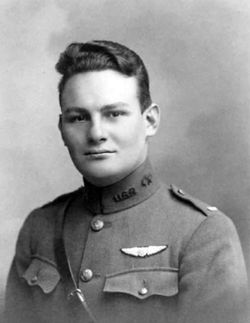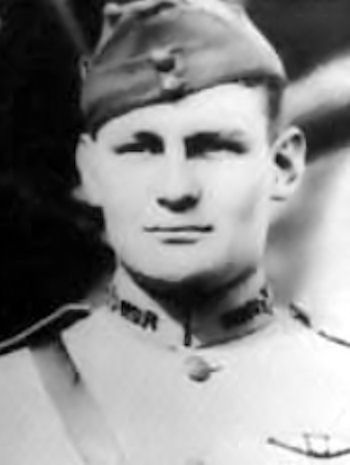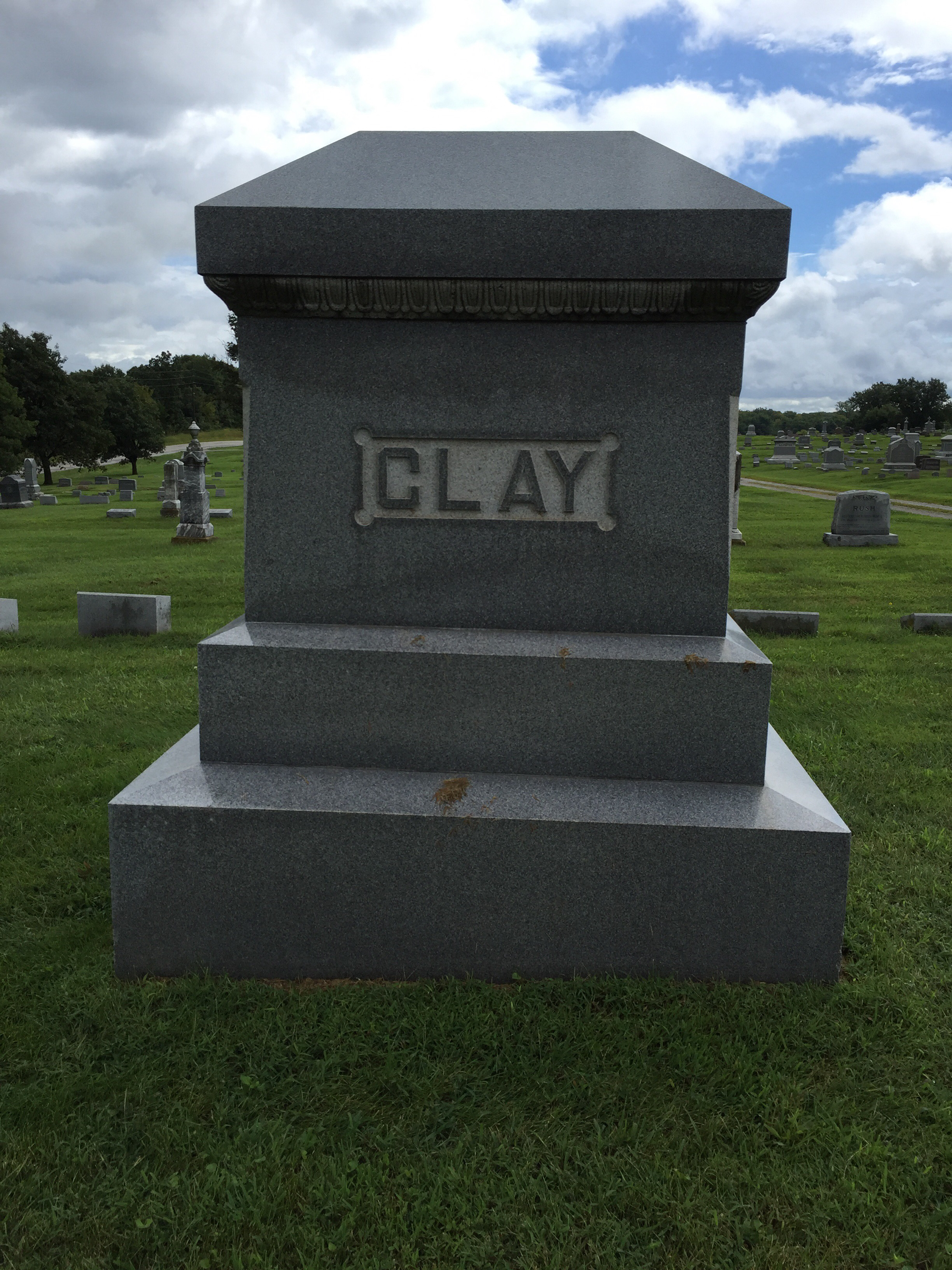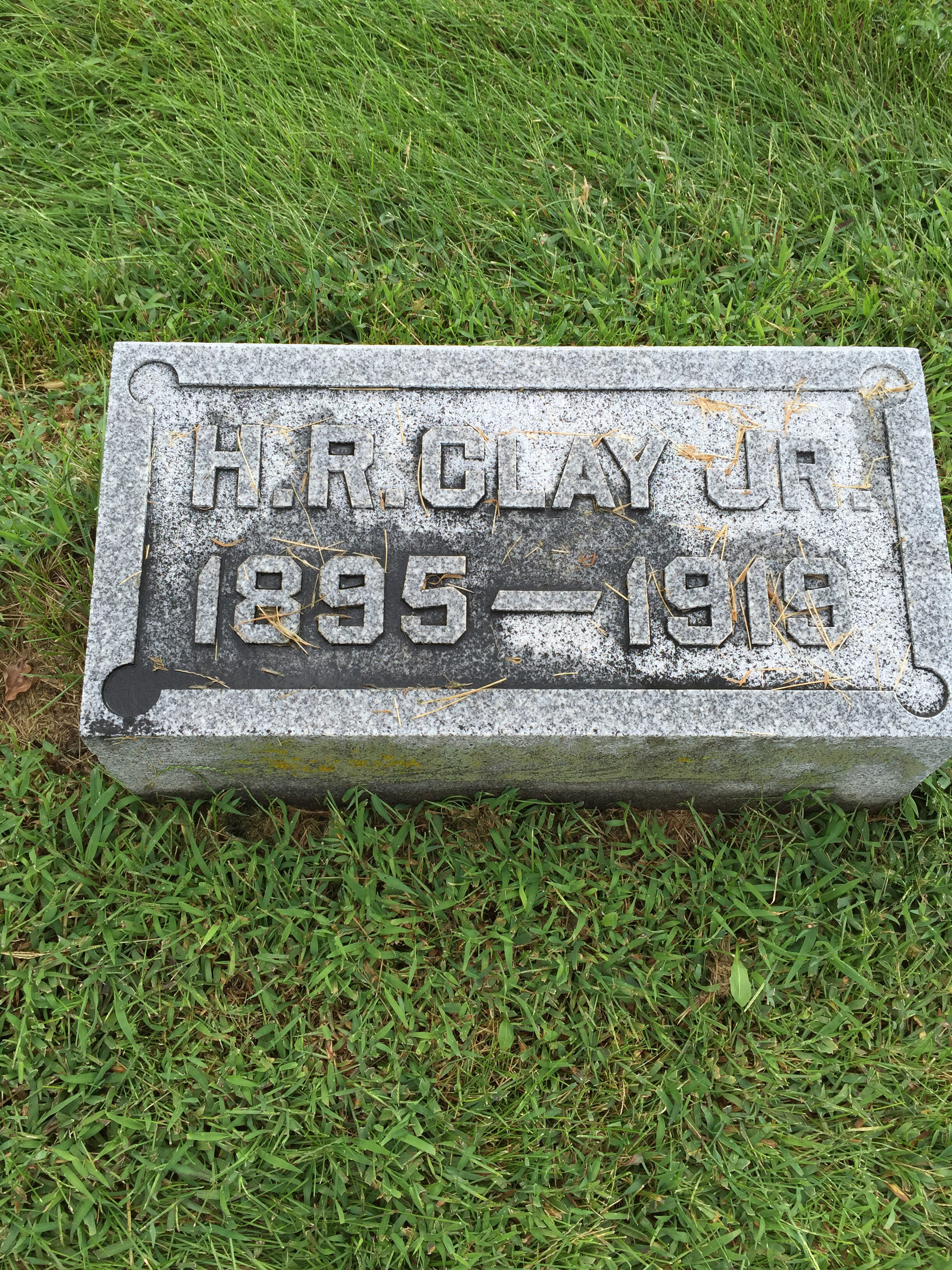HENRY R. CLAY, U.S. ACE, DIES IN COBLENZ
Lieut. Henry R. Clay Jr. 22, died Feb. 7 of pneumonia in a hospital at Coblenz, Germany. The informations came to his parents, Mr. and Mrs. H.R. Clay, 1703 Summit Avenue, in a letter from the nurse who attended him. The funeral was held in the afternoon of Feb. 9.
Lieutenant Clay was an American Ace, credited with eight German planes. He entered the army while a student at the University of Texas and previously had attended the University of Missouri where he played on the football team.
The letter from the nurse was written Feb. 22 and the nurse thought that the young aviator's parents had be officially advised of his death.
-----
Lt. Clay went to England with SSAS trainees with the No.45 Squadron RAF in May of 1918.
During a two month stretch, he downed eight German Aircraft, and earned the DFC & DSC, and given command of the 41st Aero Squadron.
Awards: Distinguish Flying Cross, Distinguish Service Cross, WWI Victory Medal.
---
The President of the United States of America, authorized by Act of Congress, July 9, 1918, takes pride in presenting the Distinguished Service Cross (Posthumously) to First Lieutenant (Air Service) Henry Robinson Clay, Jr., United States Army Air Service, for extraordinary heroism in action while serving with 148th Aero Squadron, 4th Pursuit Group, U.S. Army Air Service, A.E.F., near Sains-les-Marquion, France, 4 September 1918. In an action wherein Lieutenant Clay's patrol was outnumbered two-to-one, he attacked the group and shot down the enemy aircraft in flames. He continued in the combat and later attacked two enemy aircraft which were pursuing a plane of his patrol and succeeded in shooting one enemy aircraft down. Again, on 27 September 1918, near Cambrai, France, with one other pilot, Lieutenant Clay observed five enemy planes approaching our lines and, although hopelessly outnumbered, immediately attacked and singled out a plane which was seen to crash to the ground. He was immediately attacked by the other enemy planes and compelled to fight his way back to our lines.
HENRY R. CLAY, U.S. ACE, DIES IN COBLENZ
Lieut. Henry R. Clay Jr. 22, died Feb. 7 of pneumonia in a hospital at Coblenz, Germany. The informations came to his parents, Mr. and Mrs. H.R. Clay, 1703 Summit Avenue, in a letter from the nurse who attended him. The funeral was held in the afternoon of Feb. 9.
Lieutenant Clay was an American Ace, credited with eight German planes. He entered the army while a student at the University of Texas and previously had attended the University of Missouri where he played on the football team.
The letter from the nurse was written Feb. 22 and the nurse thought that the young aviator's parents had be officially advised of his death.
-----
Lt. Clay went to England with SSAS trainees with the No.45 Squadron RAF in May of 1918.
During a two month stretch, he downed eight German Aircraft, and earned the DFC & DSC, and given command of the 41st Aero Squadron.
Awards: Distinguish Flying Cross, Distinguish Service Cross, WWI Victory Medal.
---
The President of the United States of America, authorized by Act of Congress, July 9, 1918, takes pride in presenting the Distinguished Service Cross (Posthumously) to First Lieutenant (Air Service) Henry Robinson Clay, Jr., United States Army Air Service, for extraordinary heroism in action while serving with 148th Aero Squadron, 4th Pursuit Group, U.S. Army Air Service, A.E.F., near Sains-les-Marquion, France, 4 September 1918. In an action wherein Lieutenant Clay's patrol was outnumbered two-to-one, he attacked the group and shot down the enemy aircraft in flames. He continued in the combat and later attacked two enemy aircraft which were pursuing a plane of his patrol and succeeded in shooting one enemy aircraft down. Again, on 27 September 1918, near Cambrai, France, with one other pilot, Lieutenant Clay observed five enemy planes approaching our lines and, although hopelessly outnumbered, immediately attacked and singled out a plane which was seen to crash to the ground. He was immediately attacked by the other enemy planes and compelled to fight his way back to our lines.
Family Members
Sponsored by Ancestry
Advertisement
Advertisement










